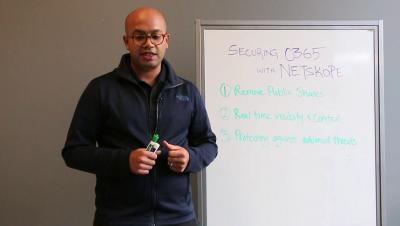Weekly Cyber Security News 21/12/2018
A selection of this week’s more interesting vulnerability disclosures and cyber security news. Looks like the year is ending with some IoT hell. Nice…. First off we have international news of drones keeping planes on the ground at a major airport causing total chaos with no idea how to deal with it.










